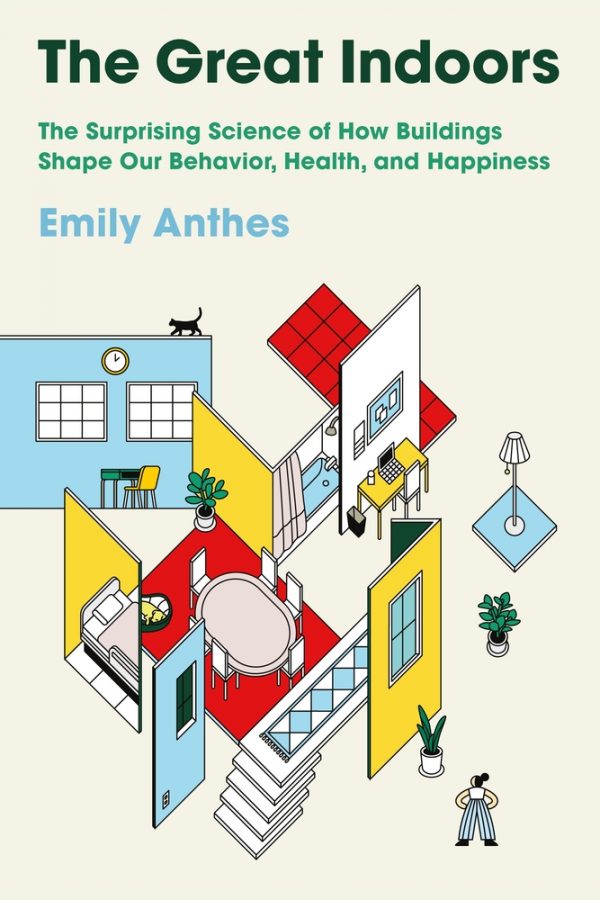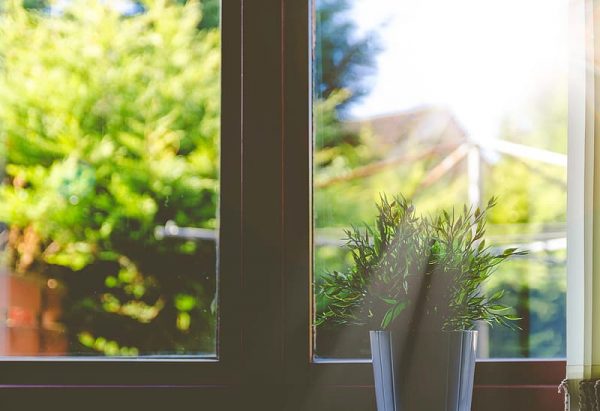
Chances are you’ve been spending a lot of time at home since March, and it’s starting to feel a little claustrophobic. But if you think about it … were you actually going outside all that much before the pandemic? Emily Anthes is the author of The Great Indoors: The Surprising Science of How Buildings Shape Our Behavior, Health and Happiness, and she notes that even before the pandemic hit, we humans spent about 90 percent of our time indoors on average — however we think of ourselves, people are in fact largely an indoor species.

Anthes looks at all of the ways our indoor spaces impact our health, and observes that there is so much we don’t really know about the places we spend a majority of our lives. There are literally thousands of bacteria and microbes in our homes that are in large part still mysterious. “We spend so much time in these places, we don’t think about them as exotic or interesting,” says Anthes, “If you’re an ecologist, you want to go to the Amazon or Antarctica … and maybe you’re not that interested in the ecosystems that are in our homes. So there’s all this complexity we’re just scratching the surface of.”

In this episode, Anthes takes us on a journey into buildings and uncovers the hidden ways that they shape our lives. She uncovers the incredibly unique microbes that inhabit your dishwasher and explains how even a plastic plant in your room can dramatically improve stress and pain. Today, as we head into a winter lockdown, we dive into how sunlight, and ventilation (plus the tiny creepy crawly things in our homes) can influence our health and wellbeing, and how we can use design to make our indoor spaces so much better.
New at the 99pi store (while supplies last): limited edition holiday bundles featuring signed books, our album, postcards and more!





Comments (2)
Share
In late 2020 we’re hearing a lot about inherent beliefs and the need to find “facts” to suit them. Some of the info presented here is actually a good example of that phenomenon.
The middle part of the episode, which consumes so much fresh air espousing the benefits of fresh air and “making the indoors more like the indoors” is super comforting and head-nodding. But it’s wrong.
Actually, keeping our interiors energy efficient and well-ventilated, counterintuitively, relies on NOT opening windows.
When it comes to air infiltration, the vast majority of buildings in existence are loose and leaky. In the rich world, though, they are equipped with high-powered HVAC systems which use ungodly amounts of energy. So we have the worst of all worlds: stale internal air reconditioned and recirculated at great carbon cost, non operable windows, and outside air making its way in anyway through countless seams and gaps at the building’s perimeter.
A building built within the past 10 or 20 years is much more likely to be tight, with proper continuous barrier layers against exterior air and moisture. This allows HVAC systems to be much smaller, thereby using less energy. An operable window is simply a large hole in this otherwise well-sealed envelope.
Windows are expensive both in first cost and in lifetime use. When opened, you get “fresh air” and all it brings: outside allergens, pollutants, moisture (or lack of moisture), and noise. Modern buildings use ERV systems to bring in fresh air while mitigating these negative qualities. They are so low-power that it is actually MORE energy intensive to open a window, because of the new heating/cooling loads created. In order to make the drastic carbon cuts we need, we cannot afford the luxury of “fresh air.”
Operable windows fit with our self-image as people who crave “nature.” The uncomfortable truth is revealed by the vast majority of people you’ll see on their phones the next time you’re in the great outdoors. It turns out we need technology to mediate our relationship with the outside — a sash window is cutting-edge 18th-century technology –and in this case, saving the planet depends on it.
To go along with the bird sounds, I would recommend a website with sounds of forests from around the world.
https://timberfestival.org.uk/soundsoftheforest-soundmap/